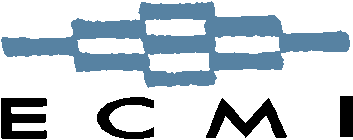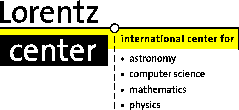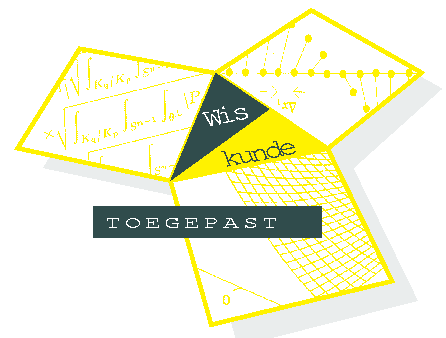
Study Group Mathematics with Industry 2003
SWI 2009 was held at the University of Leiden. Problems were submitted by KLM, National Beiaard museum, NFI, Philips and RIVO.
Organisation committee SWI 2003:
Vivi Rottschäfer,
Derk Pik,
Nick Ovenden.
Programme SWI 2003
| Monday 17 February | 10:00 | Welcome with coffee at the Lorentz Center. |
| 10:30 | Opening in De Sitterzaal | |
| 11:00 | RIVO’s oysters | |
| 11:30 | Flight schedules for the KLM | |
| 12:00 | Carillon | |
| 12:30 – 13:15 | Lunch in the Gorlaeus building | |
| 13:30 | Shoe prints for the NFI | |
| 14:00 | Philips droplet of polymer solutions | |
| 14:30 | Tea | |
| 15:00 | Group discussions | |
| 18:00 – 19:00 | Wine and cheese at the Lorentz Center | |
| Tuesday 18 February | 9:00 – 15:00 | Group discussions |
| 11:00 | Coffee | |
| 12:30 | Lunch in the Gorlaeus building | |
| 16:00 – 18:30 | Visit to museum Boerhave Lange Sint Agnietenstraat 10. Here’s a map. | |
| Wednesday 19 February | 9:00 – 18:00 | Group discussions |
| 11:00 | Coffee | |
| 12:30 | Lunch in the Gorlaeus building | |
| 15:00 | Tea | |
| Thursday 20 February | 9:00 – 18:00 | Group discussions. |
| 11:00 | Coffee | |
| 12:30 | Lunch in the Gorlaeus building | |
| 15:00 | Tea | |
| 18:30 | Dinner at de Branderij Middelweg 7 | |
| Friday 21 February | 9:00 – 10:00 | Carillon concert at the Town Hall of Leiden, Raadhuisplein |
| 10:30 | Coffee | |
| 11:00 – 16:15 | Presentation of the results in De Sitterzaal | |
| 11:00 | RIVO’s oysters | |
| 11:45 | Flight schedules for the KLM | |
| 12:30 – 13:15 | Lunch in the Gorlaeus building | |
| 13:30 | Carillon | |
| 14:15 | Philips droplet of polymer solutions | |
| 15:00 | Tea | |
| 15:30 | Shoe prints for the NFI | |
| 16:15 | Closing |
SWI 2003 News
No news availableCompanies & Problems
Het Nationaal Beiaard Museum – Hanging a Carillon in a Broek-system
KLM – Performance Forecast of a Flight Schedule
Nederlands Forensisch Instituut – Probability Model for Marks and Prints
Philips – The Behaviour of a Droplet of Polymer Solution in an Ink-jet Printer
RIVO – Problems Surrounding the Expanding Pacific Oyster in the Eastern Scheldt
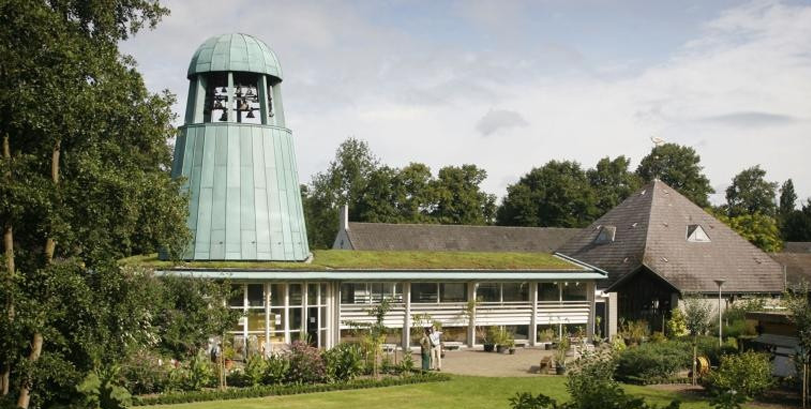
Het Nationaal Beiaard Museum – Hanging a Carillon in a Broek-system
A carillon consists of approximately 20 up to 45 bells. These bells hang in an open lantern-tower (like the Munttoren in Amsterdam) or inside a tower under the roof. A carillon is played using a keyboard that is generally located one story below the bells. A wire connects each clapper to the keyboard. The oldestView problem details
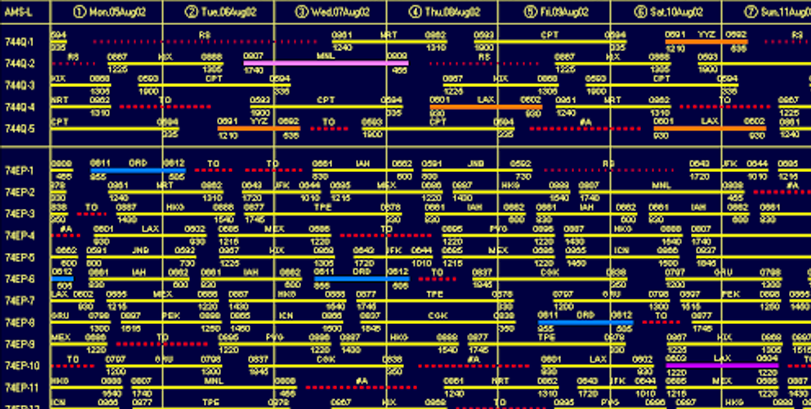
KLM – Performance Forecast of a Flight Schedule
In search of a quick method to forecast the quality of a flight schedule Situation KLM flies to over 150 destinations with 97 aircraft. Four times a year, a new flight schedule is developed. Though the operational feasibility is taken into account up to a certain degree during the development process, the aim at thatView problem details
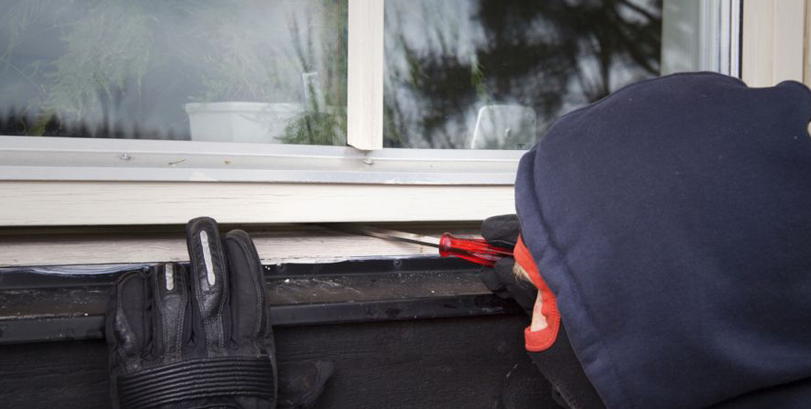
Nederlands Forensisch Instituut – Probability Model for Marks and Prints
From the Nederlands Forensisch Instituut there are two related problems, one about so-called tool marks and the other about shoeprints. Toolmarks appear when at a burglary a tool (a screwdriver or crowbar) is being used to break a door or window open. This tool leaves a mark: in the doorpost for example a mark orView problem details
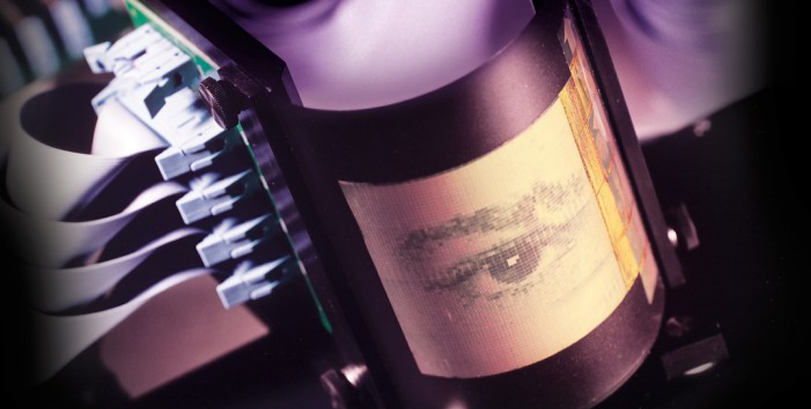
Philips – The Behaviour of a Droplet of Polymer Solution in an Ink-jet Printer
Light-emitting polymer displays are a new, interesting flat display principle. The active material in the display is a very thin semiconducting polymer layer of order 100 nanometer. To obtain these thin layers a small concentration of the polymer is dissolved in a suitable solvent. Different colours can be obtained with different polymers. To make aView problem details
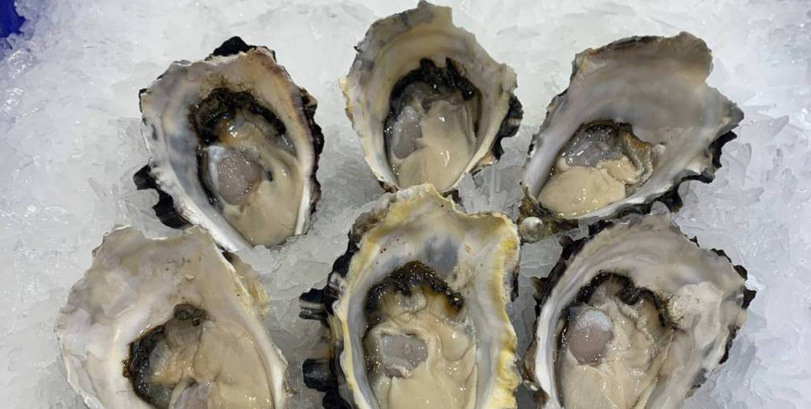
RIVO – Problems Surrounding the Expanding Pacific Oyster in the Eastern Scheldt
History of oysters Flat oysters have been commercially cultured in the Eastern Scheldt Estuary (The Netherlands) since 1875. After the severe winter of 1962/1963, which caused high mortality, the stock was diminished. Searching for alternatives, Dutch oyster farmers introduced the Pacific oyster to the Eastern Scheldt in 1964. The Pacific oyster is native to Japan.View problem details

